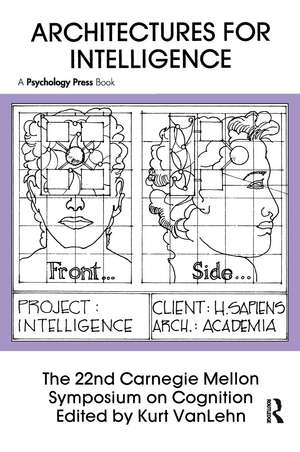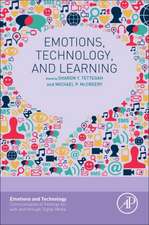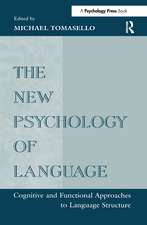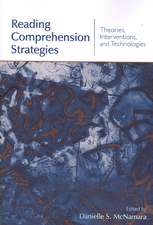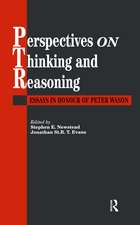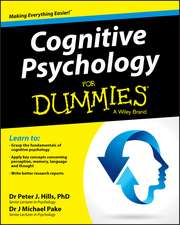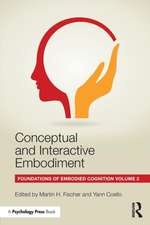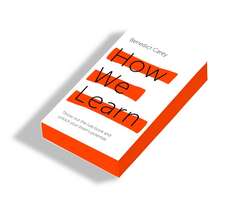Architectures for Intelligence: The 22nd Carnegie Mellon Symposium on Cognition: Carnegie Mellon Symposia on Cognition Series
Editat de Kurt Van Lehnen Limba Engleză Paperback – oct 1991
Preț: 387.48 lei
Nou
Puncte Express: 581
Preț estimativ în valută:
74.15€ • 80.52$ • 62.29£
74.15€ • 80.52$ • 62.29£
Carte tipărită la comandă
Livrare economică 22 aprilie-06 mai
Preluare comenzi: 021 569.72.76
Specificații
ISBN-13: 9780805804065
ISBN-10: 0805804064
Pagini: 448
Ilustrații: Illustrations
Dimensiuni: 152 x 229 x 29 mm
Greutate: 0.72 kg
Ediția:1
Editura: Taylor & Francis
Colecția Psychology Press
Seria Carnegie Mellon Symposia on Cognition Series
Locul publicării:Oxford, United Kingdom
ISBN-10: 0805804064
Pagini: 448
Ilustrații: Illustrations
Dimensiuni: 152 x 229 x 29 mm
Greutate: 0.72 kg
Ediția:1
Editura: Taylor & Francis
Colecția Psychology Press
Seria Carnegie Mellon Symposia on Cognition Series
Locul publicării:Oxford, United Kingdom
Public țintă
ProfessionalCuprins
Contents: Preface. Part I: Cognitive Psychology. J.R. Anderson, The Place of Cognitive Architectures in a Rational Analysis. H.A. Simon, Cognitive Architectures and Rational Analysis: Comment. J.L. McClelland, E. Jenkins, Nature, Nurture and Connections: Implications of Connectionist Models for Cognitive Development. P.S. Rosenbloom, A. Newell, J.E. Laird, Towards the Knowledge Level in Soar: The Role of the Architecture in the Use of Knowledge. W. Schneider, W.L. Oliver, An Instructable Connectionist/Control Architecture: Using Rule-Based Instructions to Accomplish Connectionist Learning in a Human Time Scale. K. VanLehn, W. Ball, Goal Reconstruction: How Teton Blends Situated Action and Planned Action. Z.N. Pylyshyn, The Role of Cognitive Architectures in Theories of Cognition. Part II: Artificial Intelligence. R.A. Brooks, How to Build Complete Creatures Rather than Isolated Cognitive Simulators. J.G. Carbonell, C.A. Knoblock, S. Minton, Prodigy: An Integrated Architecture for Planning and Learning. M.R. Genesereth, A Comparative Analysis of Some Simple Architectures for Autonomous Agents. B. Hayes-Roth, Making Intelligent Systems Adaptive. T.M. Mitchell, J. Allen, P. Chalasani, J. Cheng, O. Etzioni, M. Ringuette, J.C. Schlimmer, Theo: A Framework for Self-Improving Systems. W.J. Clancey, The Frame of Reference Problem in the Design of Intelligent Machines.
